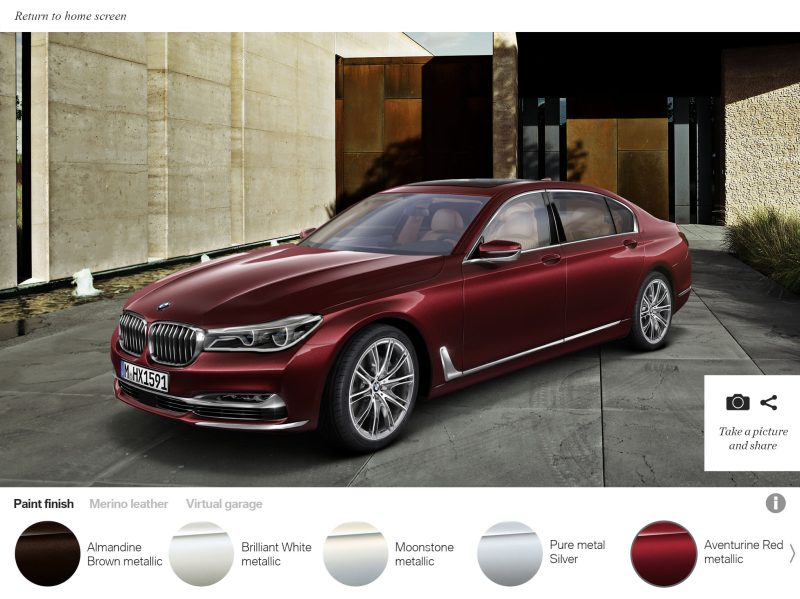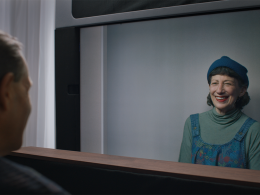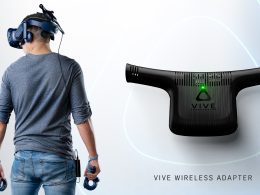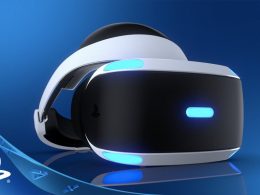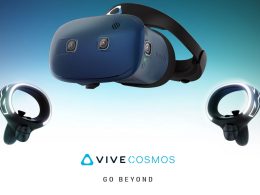Modern industrial plants are more advanced than you might think. Many companies, including those in the automotive sector, are also using virtual reality for a wide variety of purposes. The Bavarian car manufacturer BMW also uses VR technology in very different areas.
The BMW Group is increasingly focussing on easy-to-use and effective VR and AR applications in production, for example when planning new workstations, training employees or comparing component and design data.
Planning of workplaces
In a company like BMW, workplaces come in all shapes and sizes, and they look different in production than in the office. BMW uses VR to plan buildings and systems completely virtually so that everything fits down to the millimetre and looks exactly as the employees need it. In a virtual library, BMW collects shelves, lattice boxes, small load carriers and around 50 other particularly common items of equipment.
Training and qualification
In its own production academy, BMW trains managers, production planners, production specialists and quality specialists on the principles of lean production. For the past year and a half, VR glasses have been used to simulate and train engine assembly. Visualisations guide participants through all work steps and provide specific instructions. The pace of the training is determined by the participants themselves using voice control. The scenarios can easily be adapted to other areas.
Comparison of component and design data
When new parts and tools, sometimes weighing several tonnes, are developed, everything has to be just right. At BMW, modern technology is used for this. Employees fix a tablet on a tripod. Its camera generates a live image of the tool. An AR application then overlays this image with the CAD data, i.e. the geometric data of the component or tool. An average of 50 criteria are then used to check whether the plan and component match. Over the course of this year, the toolmaking department at the Munich site will completely switch the incoming inspection of delivered tools to the AR application. The tedious comparison between CAD data on the screen and the tool will then finally be history.
At Volkswagen VR glasses are used, for example, to develop new cockpits and control elements.
Source: win-verlag / Androidpit / BMW





